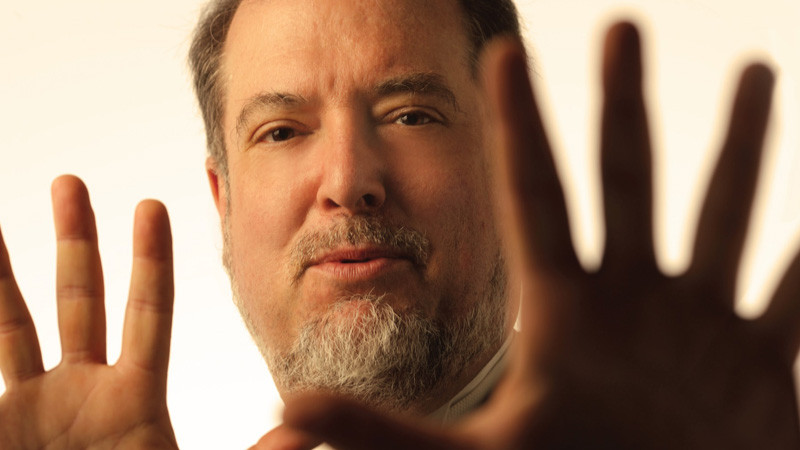Bay Area classical audiences no doubt have fresh in their minds the performances Garrick Ohlsson gave just last October of Rachmaninoff’s famously challenging Piano Concerto No. 3, with the San Francisco Symphony. Of his studio recording of the concerto, NPR’s Tom Manoff noted the pianist’s ability to “move from thunder to silk with extraordinary ease.”
Which makes Olhsson the perfect pianist to tackle Scriabin’s piano sonatas. They require tremendous technique combined with experience of the heart; I often tell people that they encompass every known human emotion, and then a few additional unknown ones, too.
My own introduction to Scriabin’s sonatas came many years ago in the form of a controversial 3-LP box set by Michael Ponti. Recorded in 1971, the playing is wild and erratic, like a train going off the rails, with Ponti missing notes here and there. Sonically, the recording is tinny and abrasive, rendering Ponti’s attacking touch even more punishing. Needless to say, the Amazon customer reviews are mostly ruthless (“this set is one of the great tragedies of recorded music”), but there’s something about the unhinged nature of the set that is enamoring, mirroring the tumult in the composer’s personal life. Listeners who love the craziness of Ponti’s interpretations of the sonatas are rare, but they do exist, and I count myself among them.
That’s not to say I’d recommend the set, of course. Drama for drama’s sake only goes so far for most listeners, and Scriabin’s sonatas deserve the application of a softer touch. Ohlsson, who was the first American to win the International Chopin Piano Competition, in 1970, possesses the ability to turn off the fireworks when required — and if he happened to read the reviews of his October Rachmaninoff performance from Jim Allen in Stage & Cinema and Joshua Kosman in the Chronicle, he’ll certainly opt to embrace Scriabin’s emotionalism.
Because of the composer’s ever-changing philosophies, and his attempts to synthesize various political, psychological and theosophical ideologies with his music, it’s hard to grasp any “correct” way to perform the sonatas as Scriabin intended. But Ohlsson, as shown in the video below, evinces an understanding of the combative forces at play in Scriabin’s psyche, and the high-mindedness of his pursuits which elevate his work to transformative expression:


